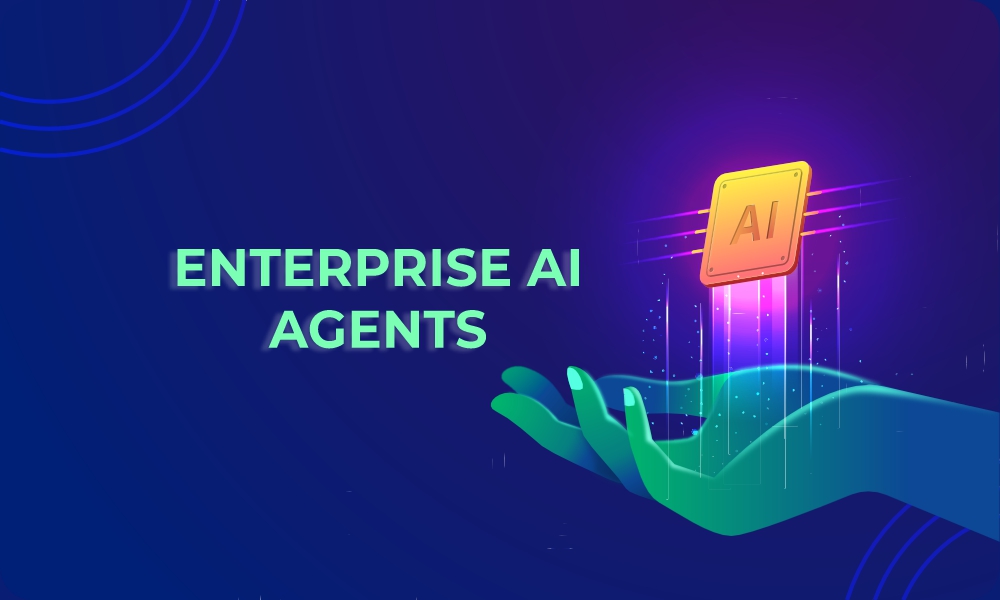The internet is today flooded with AI-generated content in various formats. Be it text, images, audio, videos, and more, from individuals to big tech companies utilizing AI tools to boost their productivity. Considering the highly advanced content creation capabilities that AI has, on the other hand, it has also raised concerns about issues such as ethical concerns, data privacy, legal consequences, and more.
Thus, to cope with the alarming scenario, there is a need for authenticity and verification on the side. Thus, Google has recently unveiled SynthID Detector, a platform that essentially identifies content produced by artificial intelligence (AI), including Google's Gemini, Imagen, Lyria, and Veo models.
Additionally, SynthID watermarks the content portion generated by AI. SynthID technology first originated in 2023 which places invisible marks that are not visible to the human eye but to machines.
Are you curious to know more about this? Let us rundown through the blog!
So, How Does SynthID Detector Work?
SynthID Detector is an online portal that watermarks the AI-generated content with a SynthID watermark. It helps to maintain the content quality.
This stands as an expansion to SynthID, launched earlier. Google DeepMind’s Pushmeet Kohli in a recent blog post, mentioned the 10 billion content pieces that have already been watermarked with SynthID.
Checkout the working of SynthID Detector below:
-
- The procedure involves uploading an image, video, text, or audio generated using Google’s AI tools.
- The portal will scan the content, and if a watermark is found, it will highlight the specific portion that has a SynthID watermark.
- Then in the results, it will share if the watermark was detected or not, meaning detecting the AI-generated content.
Here’s in detail regarding the watermarking for each media format:
-
- Text: Mainly highlights the content generated with AI.
- Images: Highlights particular portions with the watermark.
- Videos: Checks every frame if AI is present!
- Audio: It utilizes watermarks to identify time chunks in audio.
This new technology by Google is designed to reduce misinformation on the internet and maintain content transparency. It supports different types of content and media generated by Google-developed tools like Lyria, Imagen, and Veo.
Perk Up with These SynthID Detector Features
Following are the features to keep an eye on:
-
- Watermarking technology: Without degrading the quality of AI-generated content, SynthID adds undetectable watermarks.
- Media: SynthID now supports a wide range of media including text, audio, and video, using Google’s AI models such as Gemini, Imagen, Lyria, and Veo.
- Robust Detection: Can detect watermarks, even if they crop, resize, or paraphrase.
The Key Benefits-
Helps to Authenticate AI-Content: AI-generated content is present literally everywhere. Detects if the text, audio, or video is AI-generated.
Avoids Spread of Misinformation: Controls the spread of fake content, deepfakes, or information.
Invisible Watermarks: The SynthID watermarks are not visible and can be embedded without affecting media quality.
Advocates Responsible AI Utilization: Encourages transparency and ethical use of generative AI.
Regarding the Availability and Access
-
- As stated by Kohli, the SynthID detector portal is all set to roll out for early testers.
- In the upcoming weeks, broader access is anticipated, and functionality for text and video watermark recognition will follow shortly after.
- To seek access to the portal, media professionals, scholars, and journalists can register for the waitlist.
- Another thing is that video and text watermark detection is going to be up for users in the coming weeks.
Limitations-
Like all the benefits, SynthID possesses, it does come with some limitations as mentioned below:
-
- Currently, we can only detect content generated with Google’s AI tools. This means AI content from other third-party platforms is left undetected.
- SynthID for the audio format is not expanded and is in the testing phase.
Going Towards a Robust & Trusted Ecosystem
Google is not stopping anywhere. Along with the new SynthID detector tool, they are coming up with the following moves:
-
- The SynthID “text watermarking” technology is open-sourced, so developers can build with it.
- Google has partnered with NVIDIA to watermark their videos created with NVIDIA Cosmos AI.
- They have also announced a partnership with GetRealSecurity, which is the leading content verification platform.
Google is actively collaborating with the best in the industry to make the most of its new enhancement.
Wrapping it Up!
Finally, we can conclude that SynthID is a pillar to detect AI-generated content. In the AI era, it is important to make responsible use while maintaining transparency and authenticity. Hope the above blog has given an overview of the SynthID detector.
For more informative blogs, visit our website now!
Recommended For You:





